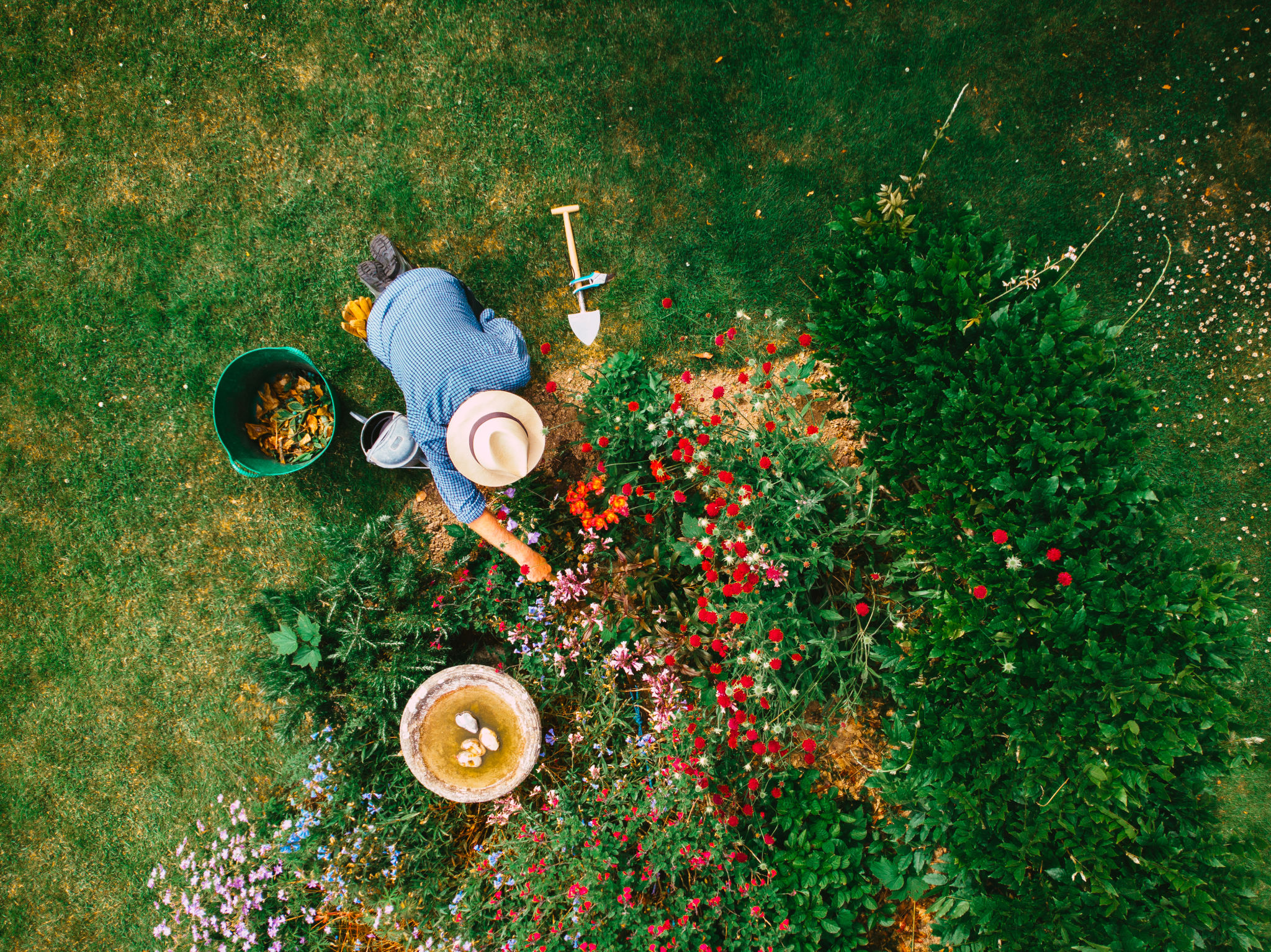How to Design a Sustainable Garden in Dubai's Arid Climate
MA
Understanding Dubai's Unique Climate
Designing a sustainable garden in Dubai requires a deep understanding of the region's unique climate. Characterized by high temperatures, minimal rainfall, and intense sunlight, Dubai's arid environment presents specific challenges for gardeners. However, with thoughtful planning and the right techniques, it's possible to create a lush, sustainable oasis.
Choosing the Right Plants
One of the most crucial steps in designing a sustainable garden in Dubai is selecting plants that are well-suited to the arid climate. Opt for drought-tolerant species that can thrive with limited water. Native plants are often the best choice as they are already adapted to the local conditions. Consider incorporating species such as date palms, bougainvillea, and desert roses for their resilience and beauty.

Creating Microclimates
Microclimates can help mitigate the harsh effects of Dubai's heat. By strategically placing plants and using structures like pergolas or shade sails, you can create cooler areas within your garden. These microclimates support a broader range of plant life and provide comfortable spaces for relaxation.
Efficient Water Management
Water is a precious resource in Dubai, making efficient water management essential for any sustainable garden. Implementing a drip irrigation system ensures that water is delivered directly to the plant roots, minimizing evaporation. Additionally, consider collecting rainwater in storage tanks for irrigation purposes. Mulching is another effective technique to retain soil moisture and reduce water needs.

Soil Improvement Techniques
Improving soil quality is vital for plant health in a sustainable garden. The sandy soil common in Dubai lacks nutrients and water retention capabilities. Incorporate organic matter such as compost or well-rotted manure to enhance soil structure and fertility. This will help plants establish strong root systems and withstand challenging conditions.
Incorporating Sustainable Design Elements
A sustainable garden isn't just about the plants; it's also about integrating eco-friendly design elements. Use recycled materials for pathways and garden structures to reduce waste. Solar-powered garden lights can provide illumination without increasing energy consumption. These small changes contribute significantly to the overall sustainability of your outdoor space.

Attracting Local Wildlife
A thriving garden should support local wildlife, providing habitats and food sources for birds, bees, and other pollinators. Planting a variety of flowering plants that bloom at different times of the year ensures that nectar is available year-round. Installing bird baths or feeders can also attract diverse species, enhancing the biodiversity of your garden.
Regular Maintenance for Long-term Sustainability
Finally, maintaining your garden regularly is essential for its long-term sustainability. Routine tasks such as pruning, weeding, and monitoring pest levels help keep plants healthy and thriving. Regularly assess your irrigation system to ensure it's functioning efficiently, and adjust watering schedules according to seasonal changes.
By carefully considering plant selection, irrigation, soil health, and design elements, you can create a sustainable garden that not only survives but thrives in Dubai's arid climate. Such gardens offer beauty, tranquility, and a vital connection to nature in an urban environment.
